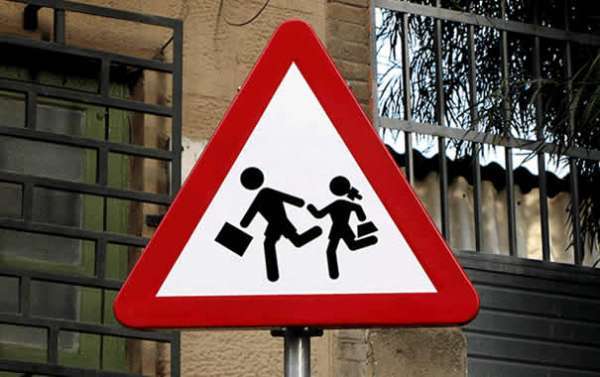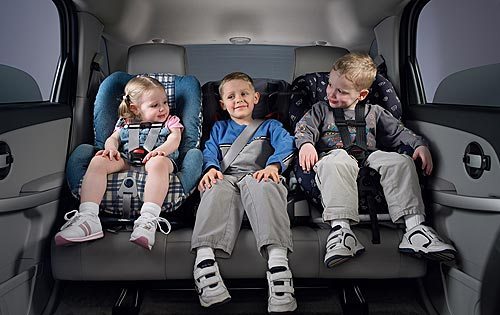It´s just about time to go back to school, which means that there will be an increase in cars on the roads at certain times of day, the infamous “school run”, and more vulnerable road users out and about.

If you are taking children in the car, there are a few things you must remember, so the school run serves as a timely reminder.
Children under 1.35 metres in height are not allowed in the front seats and must sit in the back. The only exceptions are if there are no rear seats, such as a sports car, or if the seats are already occupied by other children.
All occupants must be secured in the vehicle, by means of a seat belt, or specially designed retention system suitable for them, that includes children. Those of a younger age must have a suitable seat which must be secured.

Another important point to remember is that all vehicle occupants must wear a seat belt. Some cars only have two seat belts at the back. In this case, only two passengers can be carried. A seat belt is required for all occupants.

All objects must also be secure in the vehicle. That not only means their school bags, lunchboxes and football kit, but also that school project they have to take in, nearer the end of term.
It is a good idea to test the seat belts in your vehicle on a regular basis. Make sure the clasp clicks securely in the holder, that it locks in place and doesn´t pull out under pressure, whilst making sure it does open when the release button is pressed. You should also check the locking mechanism on the seat belt itself by pulling sharply on the belt, simulating a pull under pressure.
These checks are all carried out during the ITV inspection but as failures can occur at any time, it is important that you check them regularly yourself.
When you arrive at the school drop off point, remember that the laws still apply and you´re not allowed to double-park, block entrances, or park in an illegal place with your hazard lights on just because you are dropping off your children for school. Doing this creates an additional hazard and puts the children at risk.
You must choose a safe, convenient and legal place to drop off your children. Where possible, ensure that they exit the vehicle on the pavement side, still warning them to be aware of their surroundings before opening the door. They may hit a pedestrian, item of street furniture, or another object, so they should be taught to be aware and alert before opening the door. If they have to leave on the road side, vigilance is even more important, they must check it is totally safe before opening the door, and must move to the pavement as soon as possible.
Remember, when you are about to pull away, pay extra attention to your surroundings too, including rigorous checks of your blind spots, as there could be children or other road users appearing from anywhere.





